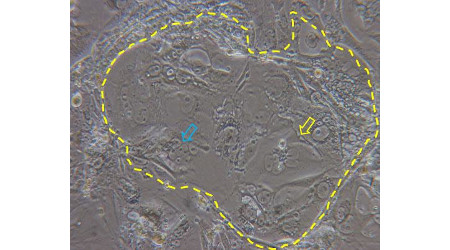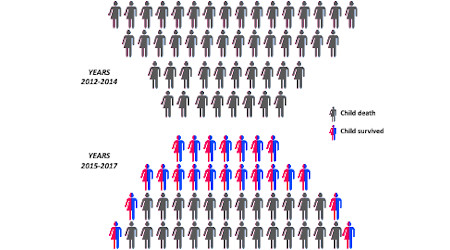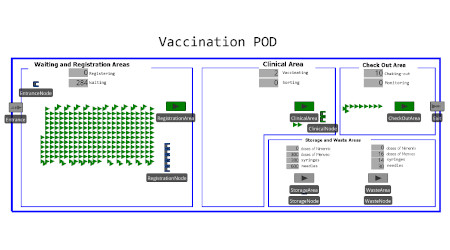Introduction
Prevention of HIV mother-to-child transmission is a multidimensional challenge for Sub-Saharan African countries, particularly in the case of Malawi. The DREAM program (Community of Sant’Egidio) provides cART Option B+ to HIV-infected mothers since 2012, with breastfeeding promotion until 12 months of age and dietary supplementation with local foods in order to support the growth and health of children.
Materials and Methods
A cohort of 1586 HIV-exposed uninfected Malawian children (age 0-18 months) were followed from January 2012 to December 2013. Breastfeeding was exclusive for the first 6 months, then complementary feeding was initiated with breastfeeding up to 12 months. Children were monitored for growth, HIV/AIDS, malnutrition, malaria and other health problems. Weight-for-age, length-for-age, weight-for-length z-scores (WAZ, LAZ, WLZ) were calculated with ANTHRO-WHO software. Statistical analysis was computed using the SPSS software (v.20).
Results
In regards to the assessment of child growth, mean values of WAZ (1 m: -0.68 ±1.2; 3 m.: -0.65 ±1.21; 6 m: -0.76 ±1.22; 12 m: -0.94 ±1.12; 18 m: -1.03 ±1.02), LAZ (1 m: -1.30 ±1.33; 3 m: -1.4 ±1.32; 6 m: -1.34 ±1.18; 12 m: -1.5 ±1.12; 18 m: -1.7 ±1.08), and WLZ (1 m: 0.59 ±1.32; 3 m: 0.75 ±1.36; 6 m: 0.21 ±1.26; 12 m: -0.25 ±1.11; 18 m: -0.3 ±1.02), were comparable to previous results reported for similar cohorts. A progressive decline in values for anthropometric measurements was noted over time, with a negative peak at 18 months of age, shortly after the interruption of breastfeeding.
A binary logistic regression was performed in order to better understand the impact of illness on growth faltering. Compared to the other infections (diarrhea, fever, general respiratory infections), malaria was the only significant predictor of general malnutrition at 18 months of age (chronic malnutrition/LAZ<-2 HR:1.3, p=0.05; underweight/WAZ<-2 HR: 1.4, p=0.04; acute malnutrition/WLZ<-2 HR:2.1, p=0.005). The association between malaria and poor nutritional status became even stronger when considering indicators of severe malnutrition (LAZ<-3 HR: 1.5, p=0.02; WAZ<-3 HR:2.4, p=0.005), with the highest association found between malaria and WLZ <-3 (HR: 5.7, p=0.007). Children who had malaria were at greater risk of being severely malnourished at 18 months of age, especially when considering indicators of acute malnutrition (wasting OR: 5.5, CI 1.2-24.9; underweight OR: 2.8, CI 1.3-5.9).
Conclusions
Maternal breastfeeding remained a robust protective factor associated with improved growth and health in HIV-exposed uninfected children. Among pediatric infections malaria stands out as a significant deterrent to adequate nutritional development in HIV-exposed African children. Our findings underlie the negative temporal association between malaria and nutritional status, while highlighting the vicious cycle of malnutrition and malaria.






